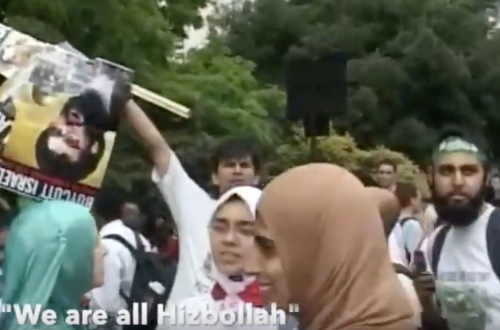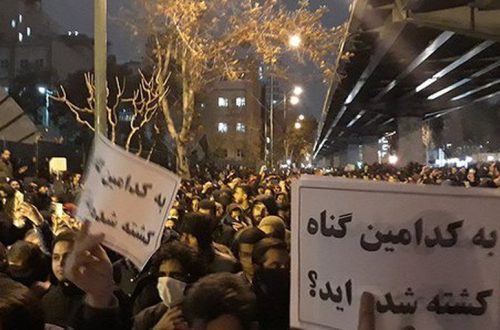This is part 1 of a three part guest post by David Patrikarakos
If you were young and you had a bit of spare cash in the mid-seventies, you liked the heat and were looking to party, you headed for Tehran. Mohammed Reza Pahlavi’s Iran rocked: exotic food, beautiful women and endless Persian opulence. It raged all night, but it slept all day.
1979. The revolution changed everything. The First Pahlavi Shah, Reza Pahlavi, had officially renamed the country in 1935, but 1979 was when Persia really became Iran to the world. It punched through 2,000 years of history. The land of carpets and poets and the wine-guzzling Omar Khayyam became a clerical state of thick chadors and ululating mullahs, all embodied in the scowling features of the Ayatollah Khomeini. In 1979 the Iranian people chose a return to seventh century Islam to reverse into modernity.
Yesterday was a day of celebration in Iran: the 30th anniversary of the overthrow of the last vestiges of Pahlavi rule, falling a day early on the 10 February because of the leap year, just over a week after an aged cleric from a dusty town 120km outside Tehran had stepped off an Air France 747 on 1 February 1979 to start a revolution. There were festivities across the country, and in the capital, a mass rally and a speech from President Mahmoud Ahmadinejad in Freedom Square, revelling in three decades of the Islamic Republic.
Thirty years on. What is the legacy of those momentous events?
Well, Mahmoud Ahmadinejad, for a start. All the worst characteristics of the Islamic Republic seem to have found their apotheosis in the blacksmith’s son from Aradan. A frothing fanatic: extreme, irrational and, possibly, dangerous. With links to the revolutionary guard, the taint of the 1979 -1981 hostage-taking on him, and a nifty line in nylon suits, he embodies everything for which Iran is now famous.
But Ahmadinjead is not Iran. And that is the real tragedy. Iran today is not the Iran of 1979. Much of the initial fervour of the revolution – with its declared aims of ‘exporting the revolution’ that so terrified Iran’s Gulf neighbours, always paranoid about their own Shia populations – was burned out of the country during the eight long and terrible years of the Iran-Iraq war. Not that it disappeared by any means, of course. But at the war’s close in 1988, the Iranian political landscape had changed. 10 months later Khomeini was dead, replaced by his epigone, Ayatollah Khamenei, and the presidency – always more reflective of popular will – was occupied first by the pragmatist, Akbar Rafsanjani, and then the reformist, Mohammed Khatami. The Iraqi missiles and mustard gas had breached the republican veil, forcing a greater degree of pragmatism onto Tehran. The question is: Was the world, and, especially the US, ready to respond in kind?
Part 2 will be published tomorrow.


